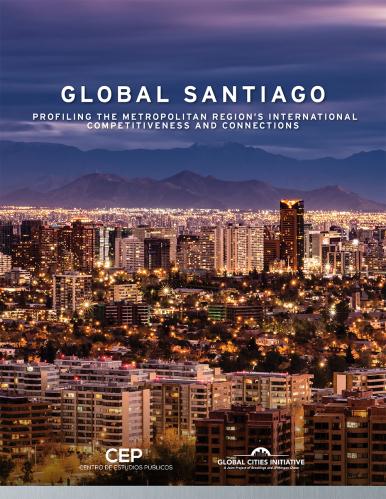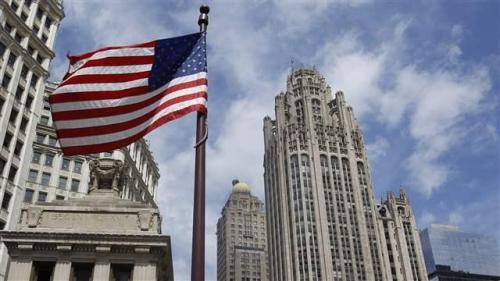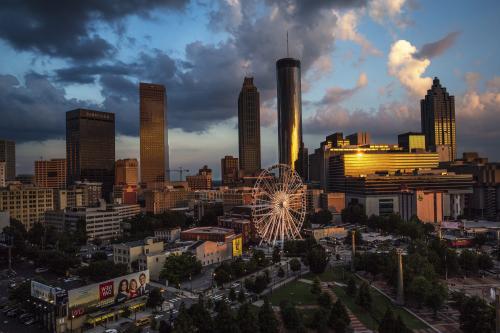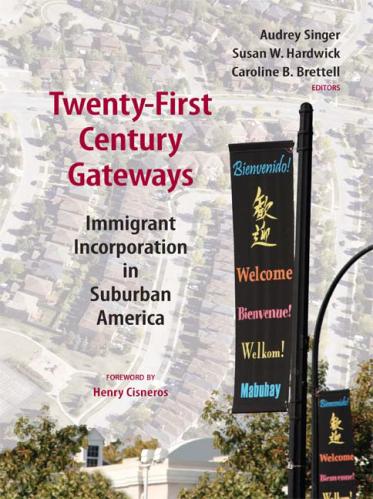As the director of the Metropolitan Policy Program at Brookings I spend a lot of time on the road, and what’s all too evident is that unemployment is high, business confidence is low and domestic demand is essentially crippled. America’s jobless recovery is taking a heavy toll on people and places.
Amidst the grim statistics, there is one piece of heartening news: a growing chorus of leaders understands that, to prosper, the United States must look beyond its borders and embrace a new growth model that fully engages the world and rising global wealth and demand.
This “next economy” will, no doubt, require aggressive federal policies to realize the potential of our broad and diverse economy. Yet federal policies are no longer sufficient. More and more, global trends and commerce reflect energy and innovation at the local—and especially the metropolitan—level. Cities are the locus of the forces and assets that power trade: innovative firms, talented workers, supportive public and private institutions, and modern infrastructure.
This insight forms the basis for a new Global Cities Initiative that Brookings and JPMorgan Chase are launching. Brookings—with its commitment to fact-based, independent research, analysis and policy-prescription— will complement JPMorgan Chase’s expertise to help America’s metro leaders understand and operate in the changing landscape.
Through objective Brookings research, we aim to help American city and metropolitan leaders become more “globally fluent” by unveiling the economic starting point of their communities on such issues as exports, advanced manufacturing, foreign direct investment, freight flow and immigration.
Together, we will convene a series of domestic and global forums at which metropolitan and state leaders can brainstorm ways to leverage the distinctive strengths of their disparate economies. Our ultimate intention is to create an international network of leaders from global cities—those that can succeed in trading together and thereby growing together.
I’m particularly pleased that Richard M. Daley, the former Mayor of Chicago, is going to work with me on this project. For more than twenty years Mayor Daley established a firm reputation as one of the most global of U.S. mayors. He internationalized his city by promoting trade and inward investment, advocating for infrastructure modernization, hosting annual forums of mayors from global cities, even insisting that the Chinese language be taught in Chicago’s public schools.
The moment for this kind of bottom-up global engagement could not be better. For the first time in history, more than half of the world’s population lives in cities and metropolitan areas. Rapid urbanization is shifting the locus of global economic power. Between 2009 and 2010, the world’s fastest growing 25 metropolitan economies were all located outside the United States and Europe.
In China, the urban population has reached the 50 percent mark, up from 20 percent in 1982, when economic reforms first took hold. In India, 364 million people already live in cities; an incredible 590 million urban dwellers are expected by 2030. The swift growth of Chinese and Indian cities, as well as those in Latin America, Africa and Southeast Asia, boosts national productivity and income, creating new markets and expanding trade opportunities.
In many respects, the rising nations are becoming more and more like the United States, the quintessential “Metro Nation.” In our country, the top 100 metros alone harbor two thirds of our populace and contribute more than three quarters of our economic output. These communities together dominate our trade in goods and services and are the nation’s logistical hubs, concentrating the movement of people and goods by air, rail and sea.
From the beginning of time, cities have been centers of commerce, formed along the roads and routes of trade. In this way, economies have risen, innovation has flourished, wealth has grown and cultures have evolved.
The 21st century will be the world’s inaugural urban and metropolitan century. As the United States struggles with cyclical challenges and structural hurdles, I can think of no better way to trigger long-term growth than to arm our cities with the information, ideas and partners they need to prosper in the new global economic order.










Commentary
Global Cities: The Drivers of Economic Growth
October 20, 2011